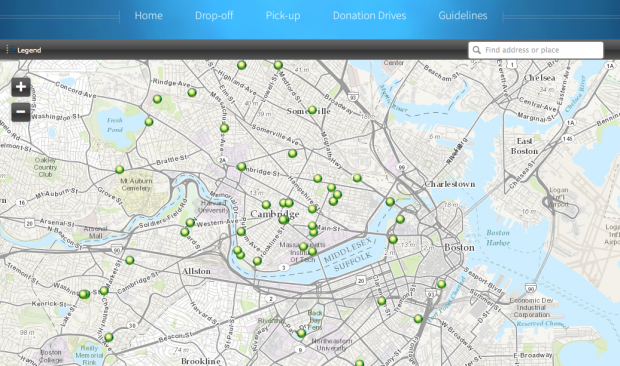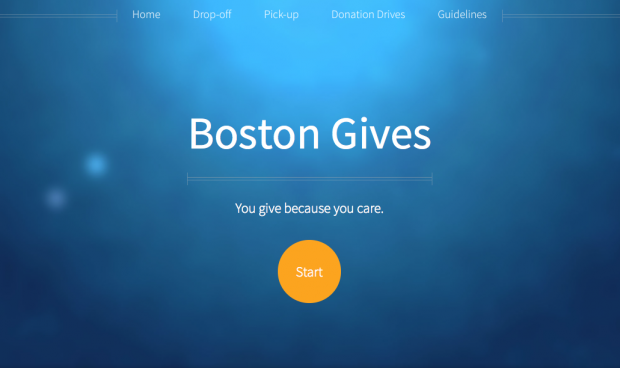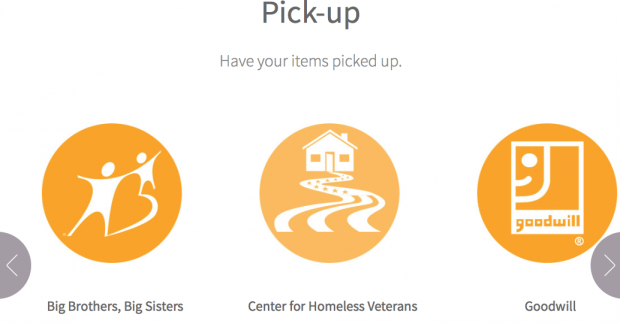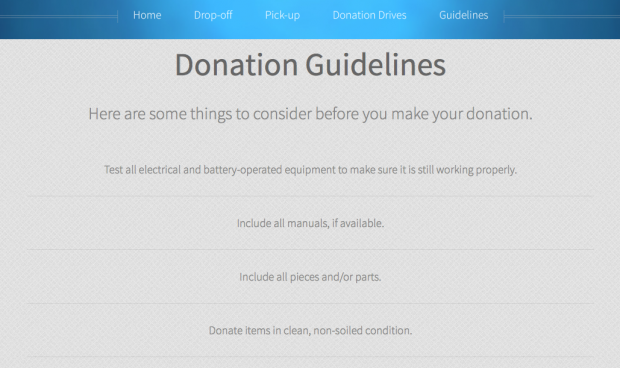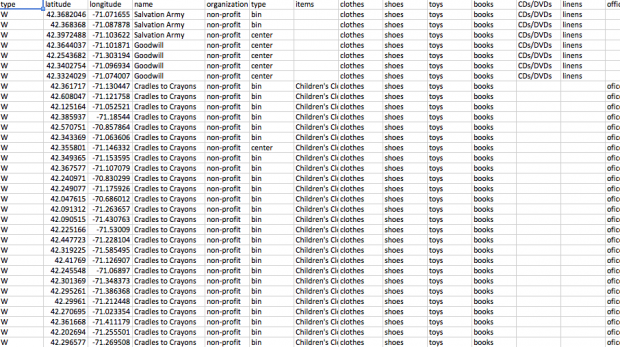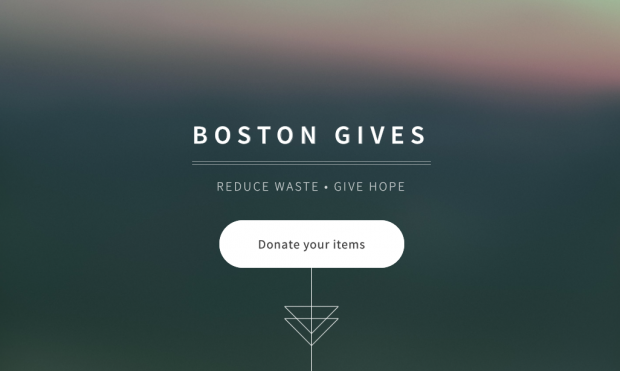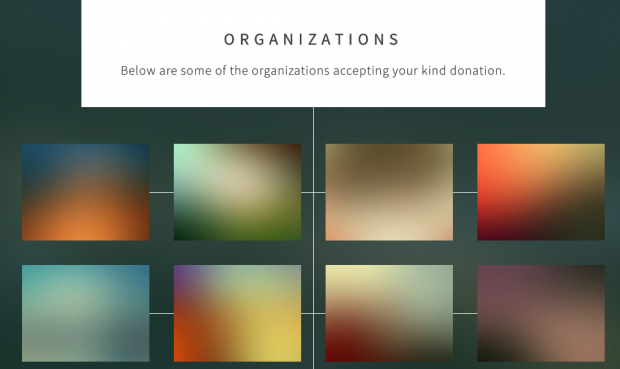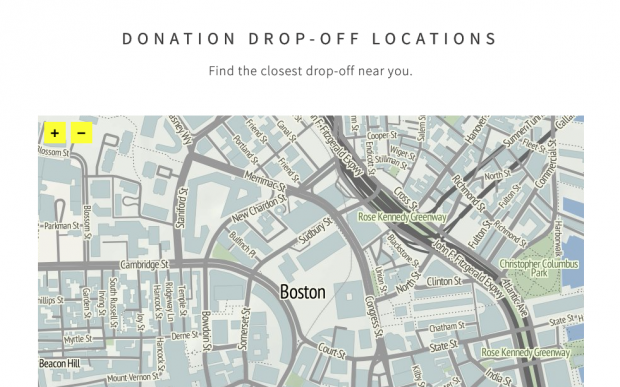Networked Urbanism
design thinking initiatives for a better urban life
apps awareness bahrain bike climate culture Death design digital donations economy education energy extreme Extreme climate funerals georeference GSD Harvard interaction Krystelle mapping market middle east mobility Network networkedurbanism nurra nurraempathy placemaking Public public space resources Responsivedesign social social market Space time time management ucjc visitor void waste water Ziyi
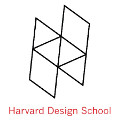
GSD Harvard – Fall 2013
Master Studio carried on during the Fall semester at the Urban Planning and Design Department at Harvard Graduate School of Design (GSD), under the title “Urban waste, urban design”. As designers, we will aim to streamline the process and systems by which waste is created, disposed of, and managed at both the human (individual) and urban scale (community).
Recently, we sent out an email blast to get the word out about our proposal. Recipients included news agencies, state and local government agencies, and environmental organizations. We were encouraged by enthusiastic responses as we continue to make new network connections. This is a fantastic learning process for us, and we’re excited to be part of the close-knit oyster family of Boston.
Here’s the video:
Oyster Gardens for a Healthy Harbor: Rethinking Boston’s Oyster Culture from Kelly Murphy on Vimeo.
Here’s an excerpt of the email blurb:
To many people, Boston is synonymous with shellfish, especially oysters. Most people, however, don’t recognize the magnitude of waste associated with discarded oyster shells once they are consumed. Currently the vast majority are landfilled. Why? Because Boston doesn’t yet have a place for its shells. There are far better places for shells than overflowing landfills – the best being oyster reefs. Oyster reefs are not a new concept for Boston. Reefs were once a naturally occurring part of the underwater landscape, and oysters were a keystone species that filtered our estuaries and maintained our harbor as a rich natural resource area.
How do you use discarded shells to sustain oyster reefs and a re-establish a healthy harbor ecosystem? Through a city-wide oyster gardening program that closes the oyster waste stream, restores native oyster reefs, improves local water quality, and reconnects the people of Boston with their waterfront.
There are a number of successful precedents for oyster gardening programs around the region. We think Boston should be at the forefront of oyster gardening for oyster reef restoration given its rich heritage.
Aquaplot by Jenny Corlett + Kelly Murphy
I have a map!…but it can still use a bit more tweaking. Almost there.
I sent the website out to organizations and local residents to receive feedback on the function and look of the website.
The website is progressing. I’m having some frustrations with the map and trying to find a program that will perform all the functions and features I would like to have. These slides also include my initial thoughts on my presentation outline.
Starting to locate collection bins and centers and inputting them into a spreadsheet for upload into a mapping program. Gathering locations by speaking to local organizations, web searches, and walking around town. I’m considering a few applications for mapping: Mapbox, ArcGIS online, Mapquest, and CartoDB.
Started to put together the basic framework for the website. Still needs a lot of work.
The final decision was to make a webpage mapping collection bins and centers. Above is my midterm review presentation.
And we begin to lay out 109 Gund for the “performance.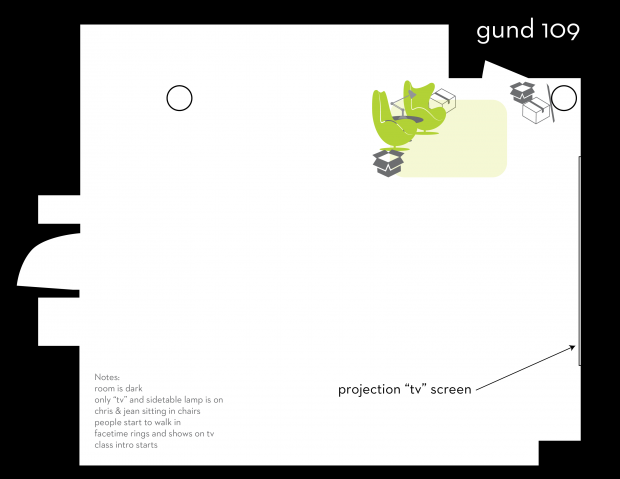 “
“
TAGMESAVE.ME
Finally, we announced our website to Harvard GSD students with a small amount of items for testing.
We got 100+ visitors and 100+ tags in the first night. And the feedbacks is positive, people just like tag and get Harvard surplus items.
« Previous 1 2 3 4 5 … 9 Next »
